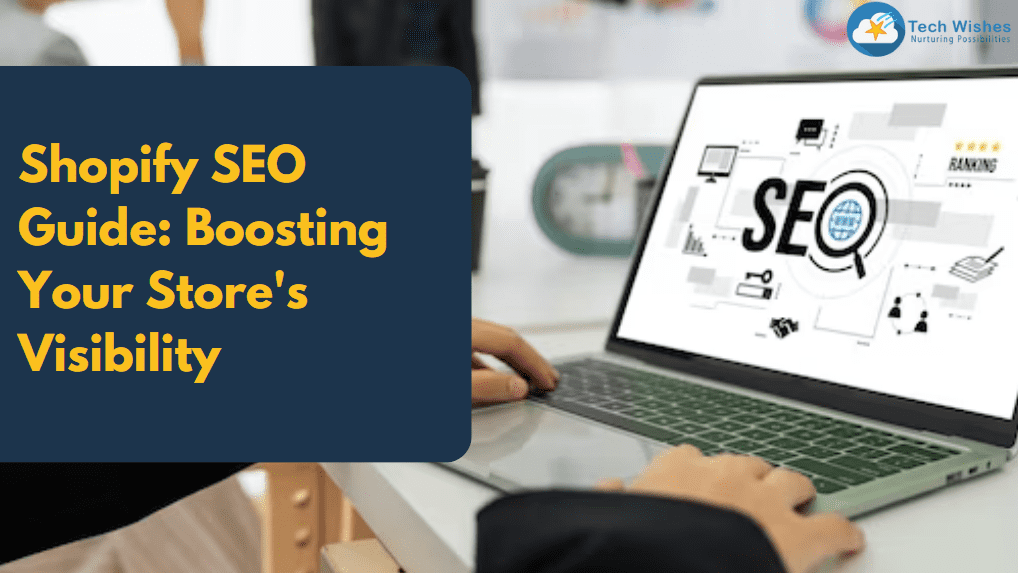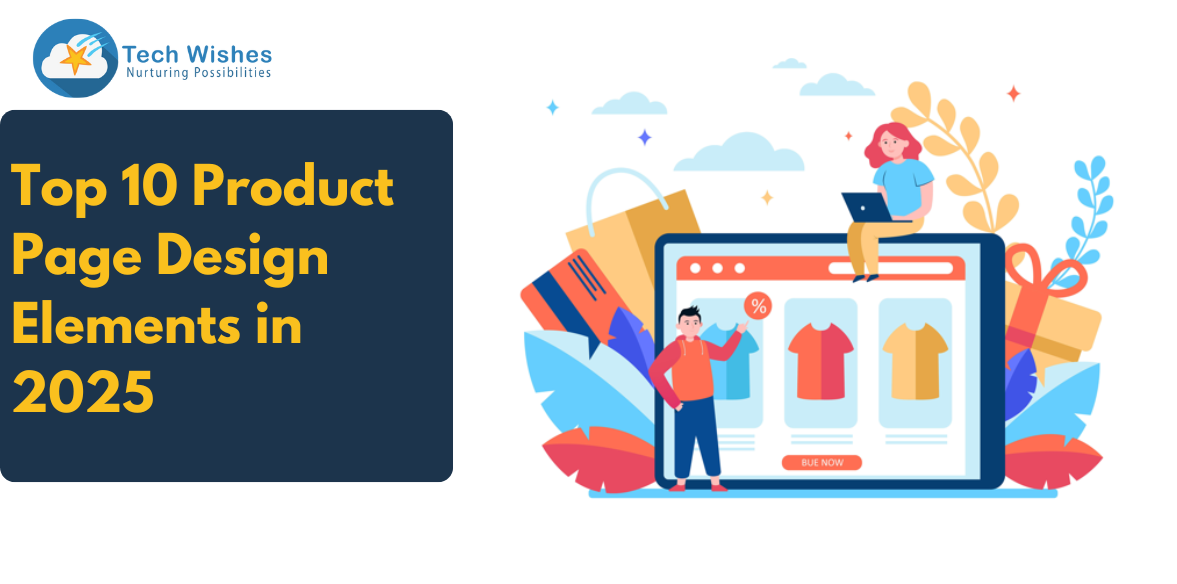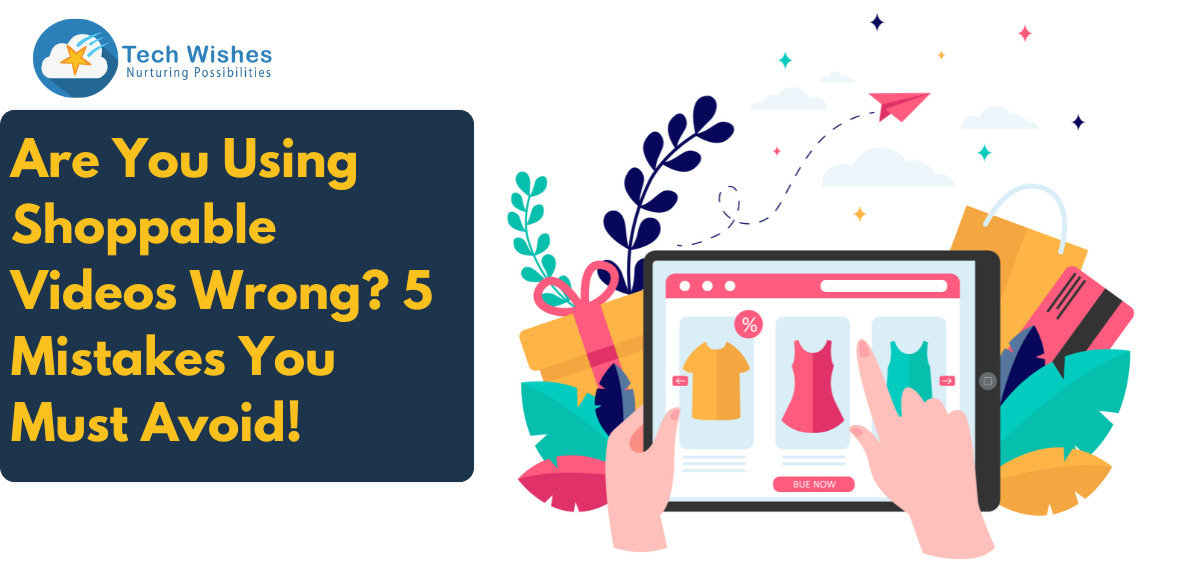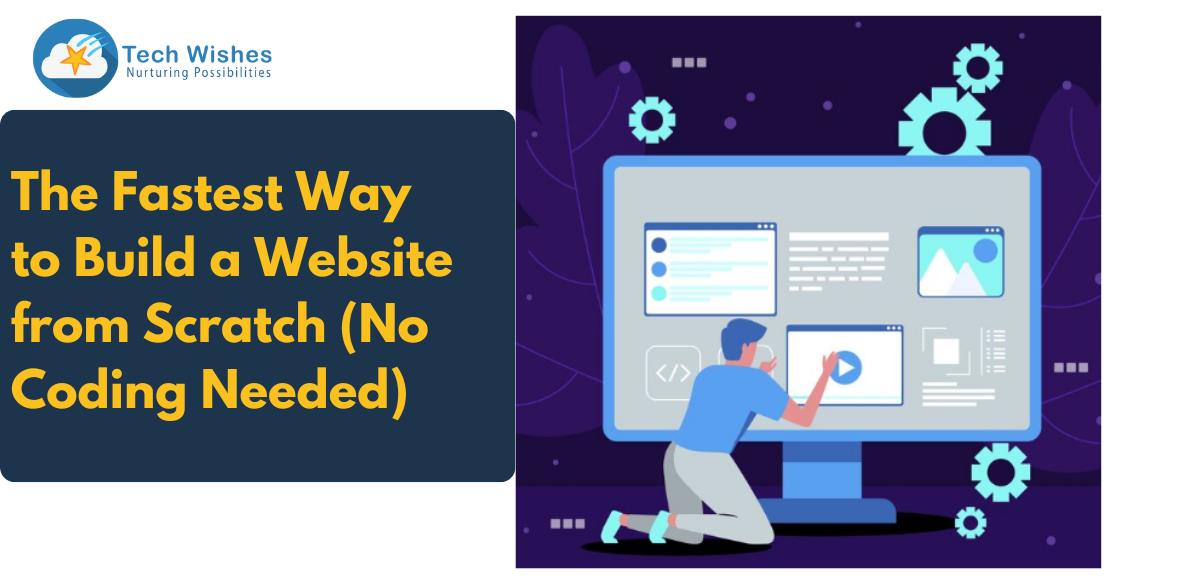Shopify SEO involves optimizing your Shopify store for search.
In simpler terms making the store visible to your customers. The benefits of Shopify SEO are not just limited to ranking well in searches but also ranking well in relevant searches. Ultimately driving interested and potential customers to your store and increasing traffic which will help your business make more revenue and sales.
E-commerce SEO for Shopify is a little different, Shopify already comes with options like blog, redirect, and mobile view optimization which makes optimizing for SEO easier.
Before we get into how to start your Shopify SEO, remember to cover these basics.
- Set up Google Search Console– This will monitor the traffic and track the search performance of your website. This is a free tool and you can easily sign up for it.
- Set up Google Analytics– This will keep track of the data of your website, how users engage with your website, and so on.
- Submit a sitemap– A sitemap tells the search engine about the organization of the site. Shopify stores automatically generate sitemaps, you can submit that to the Google account you created.
E-commerce SEO for Shopify can be divided into:
- Technical SEO
- On-page SEO
- Keyword research
- Link building, and
- Content marketing
Let’s dive into them one by one.
Technical SEO–
Hey I am not a ‘technical’ person, I am just a business owner! Don’t worry a lot of the technical part is handled by Shopify itself. There are some things that you can do to make sure your users have a good experience.
- Using a secure domain– Google takes into account whether a domain is secured while ranking it because secure domains or HTTPS domains protect their visitors.
- Make sure your page is fast– A fast-loading page adds to the customer experience and that’s why ranks higher. You can use image compressing tools to compress images and make them load faster without sacrificing quality.
- Mobile viewing– Everyone is on their mobile, so make sure that your store design is responsive and mobile-friendly.
- Internal linking– Effective internal links help the user navigate easily, and also help Google understand the store hierarchy. Have an internal link strategy, linking specific pages to relevant content.
Your Shopify store can have a product page and a collection page, you can link these internal pages to boost them.
Beware of duplicate pages and broken links both of which can hamper your Shopify SEO.
Backlinks–
Linking other websites to your page might be surprising but it’s a great way to boost SEO ranking. Backlinks add credibility to your page, you can add links to your manufacturers or suppliers or popular relevant YouTube videos.
Keyword research–
Keywords are the soul of Shopify SEO. Don’t just go for the highest-volume keyword go for long-tail keywords that give an idea about the business. Understand the search intent, and why someone is searching for this specific query. Also, look into trending keywords, you can use various tools like Semrush, and Ahrefs which give detailed information on keywords and phrases.
Google’s keyword planner is a free tool that can also provide you with detailed insights.
On-page SEO–
Changes that are made directly to the web page is called on-page SEO. These include writing a title, description, and H1 tag including your keywords. Make sure your images are of high quality, relevant, and have alt tags. Do interlinking wherever possible, but do remember it has to make sense. Don’t just randomly stuff your keywords everywhere.
Link building–
also known as back linking is done to gain authority and trust. If your backlink is relevant and from a good, trustworthy website then it is basically like a vote for your website. A backlink coming from Forbes or The Times will be much more valuable than an unknown website.
Content marketing–
is done by creating and sharing articles, posts, and videos of your brand to potential customers. When creating content make sure you are using the right keywords and creating good quality. Use your content to attract and engage with your customers.
In the vast landscape of e-commerce, optimizing your Shopify store for search engines is not just a choice; it's a necessity. This comprehensive Shopify SEO guide has illuminated the path to enhancing your store's visibility and driving organic traffic. By prioritizing keyword research, on-page SEO, technical SEO, and content marketing strategies, you can fortify your online presence and captivate potential customers.
Remember, SEO is an ongoing journey, not a one-time destination. By consistently monitoring your performance, adapting to search engine algorithms, and keeping your content fresh and relevant, you'll sustain your store's competitive edge.
With a strategic SEO approach, your Shopify store can not only thrive but also lead in the digital marketplace.
Do visit us for more information on SEO, digital marketing, and Shopify tips.




